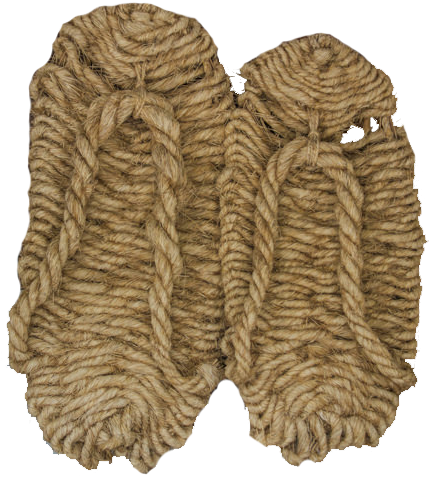Lectures:
This course is designed to provide a reflexive understanding of the study of art and visual culture as a discipline in English. It explores issues such as ornament, genius and national styles. It extends ideas about personal style into larger fields of national economics and identity and it would hope to ask big questions about what art is, how it can be defined, categorised and judged and where it fits in the lives of individuals and nations.
Week 1: Guidance
Week 2: The First Style, Cave Painting at Lascaux
Week 3: Classical Order
Week 4: The German Problem
Week 5: Style and Art History
Week 6: Nationalism
Week 7: Romanticism
Week 8: Ornament
Week 9: Styles of Life
Week 10: Styles of Civilisation
Week 11: Style and Nature
Week 12: Presentations
Week 13: Presentations
Objects for discussion:
To ground ideas in something physical most weeks we will discuss an actual fashion, person, magazine or idea in fashion. Discussion will be in small groups and I will try to join each group for a short while.
Readings:
Most weeks there will be a companion reading to the lecture theme. We will discuss the readings in groups each week. All the readings are in the class reader which costs ¥1000.
Group discussions:
In groups of a few people each week we will discuss parts of the course: the readings, the lectures, and specific objects. Sometimes a group will be asked to present their conclusions about a certain subject.
Assessment:
There will be a final term paper and companion short presentation at the end of the semester. Because of the size of the class these will have to be short and succinct.
Grading:
50% Term paper (2000 words)
30% Presentations (5 minutes)
20% Group discussions
Term paper:
A term paper of around 2000 words (although the word limit is loose) will be due in the last week of class.
Some possible topics are:
Is there style in nature?
Can the concept of style be a valid idea outside its European context?
Discuss the differences and similarities between style and taste?
What is Ornament
Select two English adjectives from the following list and discuss how they have different stylistic implications: Hip, cool, chic, elegant, neat, kitsch, naïve, suave, classic, fashionable, charming, camp. Warning: lists of examples are important but not enough. You must give detailed scrutiny and demonstrate full comprehension of the adjectives and their connotative meaning.
A topic of your choice. (Must be approved.)
Presentations:
There will be a short presentation on the same topic as your essay in the last two weeks. Because of the numbers in the course these presentations will have to be short and succinct (about 5 minutes). Please rehearse and polish your presentation to cover your ideas effectively in the short time.
Selected Course Bibliography:
E.H.Gombrich, ‘Strange Beginnings: Prehistoric and primitive peoples; Ancient America’ in The Story of Art, (London: Phaidon Press Limited, 1950).
Franz Boas, ‘Introduction’ in Primitive Art, (New York: Dover Publications, 1927).
E.H.Gombrich, ‘The Great Awakening: Greece, seventh to fifth century BC’ in The Story of Art, (London: Phaidon Press Limited, 1950).
Margaret Finch, ‘Style and Sequence’ in Style in Art History, (Metuchen, NJ: The Scarecrow Press, 1974).
Georg Simmel, ‘The Problem of Style’ in Theory Culture & Society, Volume 8, Number 3, August 1991
Alfred H. Barr, ‘Introduction: The Early Twentieth Century’ in Cubism and Abstract Art, (New York: The Museum of Modern Art, 1936).
James Trilling, ‘Introduction’ in Ornament, A Modern Perspective, (Seattle: University of Washington Press, 2003).
Jean Baudrillard, ‘After the Orgy’ in The Transparency of Evil, (Paris, Verso, 1990).
Katarzyna J. Cwiertka, ‘Conclusion: Making of a National Cuisine’ in Modern Japanese Cuisine: Food, Power and National Identity, (London: Reaktion Books, 2006).
Yuniya Kawamura, ‘Japanese Street Fashion: The Urge To Be Seen and To Be Heard’ in The Fashion Reader, (Oxford: Berg, 2007).
Susan Sontag, ‘Notes on Camp’ in Against Interpretation and other Essays, (New York: Farrar Straus Giroux, 1966).



